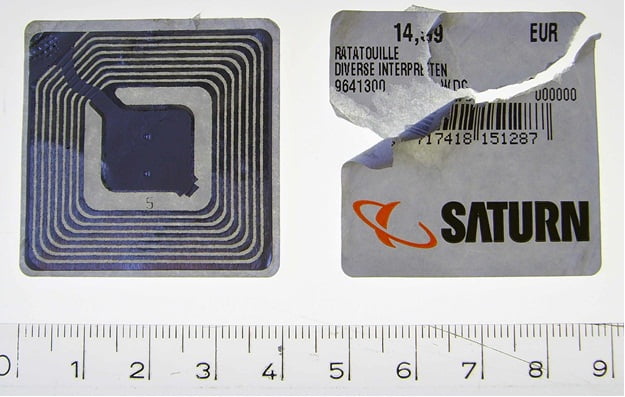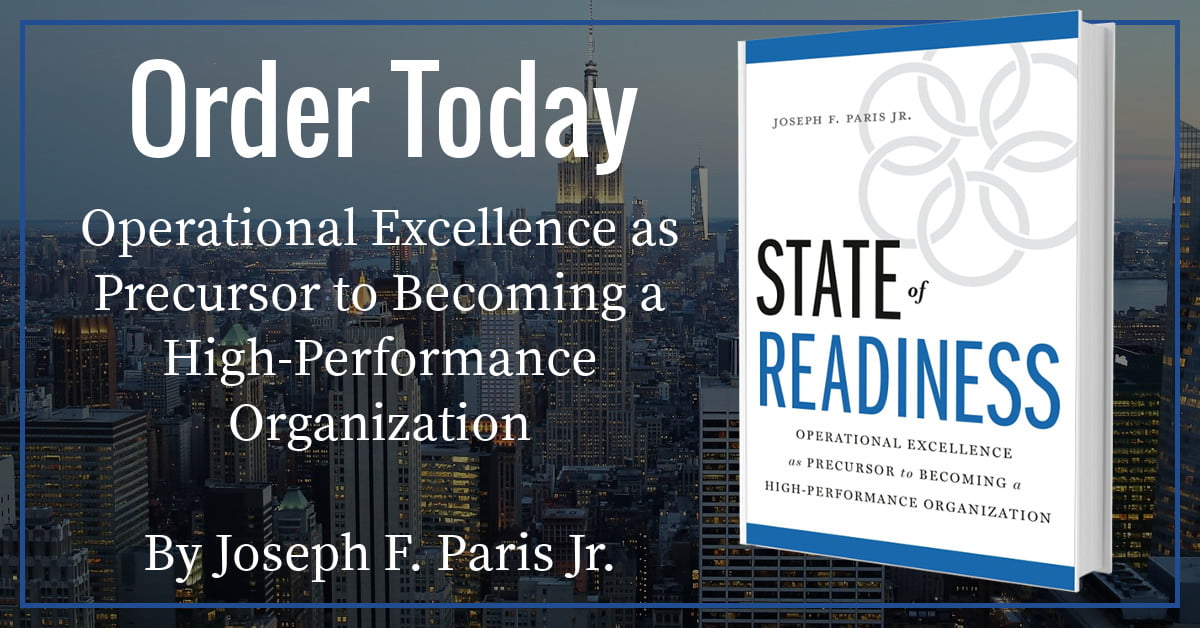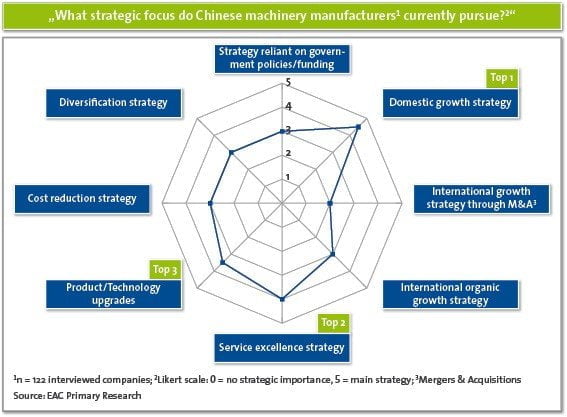RFID; Ubiquitous in America – and Coming Soon to the EU
When I was a child, I remember the prices on products at the store were merely stickers with a currency value on them. Sometimes, there were several stickers – one on top of the other – and you could see if the price had changed upwards or downwards.
And when I was 19 (in 1982 for those interested in doing the math), there was one Department Store I worked at called “Sugerman’s” that had a sell-price on the sticker as well as a code which showed the cost of the item. The code was WHITEFLOUR (where “W”=1, “H”=2…”R”=0, and “X” indicated a repeat of the previous number). As such, you could haggle on higher-ticket items and the manager could see what the profit was.
However, it was still very difficult to manage your inventory. There was no easy way to identify the specific products being bought or sold, not to mention their inventory value. The manual “cycle-counts” consumed a tremendous amount of staff-time and were largely inaccurate because all you really had was a product and a manufacturer’s part number (and then, only usually).
Soon, all this manual effort would give way to a truly revolutionary system which would transform the way inventory is managed – and ultimately make the global supply chain, and globalization itself, a reality.
That system was Barcoding.
But the idea of barcode was not young. In fact, the concept has its origin in 1948 at Drexel University and Bernard Silver; where a local food chain expressed a need to track its inventory better and to make check-out quicker and more accurate. Silver partnered with Norman Woodland and together they applied for a patent in 1949 (which was granted in 1952).
Between 1952 and 1980, barcodes and bar-coding evolved but were mostly a non-standardized mish-mash of codes and processes originating from the retailer’s requirements. It was not until 1981 when the United States Department of Defense (DoD) adopted the use of Code-39 as the standard for all products to be sold to the United States military, that barcoding became a cohesive and pervasive system for tracking inventory.
Over the next couple of decades, the use of barcodes became ubiquitous in all inventory matters – especially across the United States and the other North American Free Trade Act (NAFTA) partners of Canada and Mexico.
Now, inventory could be tracked in real-time – from the moment it left the manufacturer, to the moment it arrived at the distribution center, to the instant it arrived at the retailer and immediately upon its being purchased by the consumer. The quantity, value, and location of inventory were known at all times.
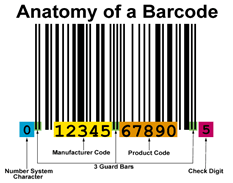 In 1983, very soon after Code-39 became the defacto barcode standard, Wal-Mart enthusiastically embraced the new technology and leveraged it into every dark corner of its warehouses and every tucked-away shelf in its stores. It is safe to say that without barcoding, Wal-Mart would never have become the logistics powerhouse it has because the inventory tracking requirements would have crushed them.
In 1983, very soon after Code-39 became the defacto barcode standard, Wal-Mart enthusiastically embraced the new technology and leveraged it into every dark corner of its warehouses and every tucked-away shelf in its stores. It is safe to say that without barcoding, Wal-Mart would never have become the logistics powerhouse it has because the inventory tracking requirements would have crushed them.
In the coming decade, barcode was strategically leveraged across the entire logistics / supply-chain industry including: almost all retail establishments, the automotive industry, FedEx – and my personal favorite – baggage tracking in the airline industry
You see, my last name is “Paris”. Before barcodes were used to track bags in the airline industry – and every time I would travel from (or through) an international airport – my checked bags would ALWAYS end-up in Paris, France because some baggage handler saw the word “Paris” on the bag and whoosh, it was on its way to the city of lights. Even though this does not happen now that the airline industry uses barcodes, I still always take my toiletries and a change of clothes with me as carry-on whenever I fly.
But there are three major limitations with barcodes;
– they are too big for some uses
– you have to be able to “see” them to use them (which means they can’t be very far away and they can’t be moving
very fast)
– they have to be read one at a time
Enter Radio Frequency IDentification (RFID)…
Like Barcode, RFID is a way of storing information about an item, and its use, directly on the item. However, where Barcode uses labels (or printed directly on the item itself), RFID uses small chips with a flexible antenna to store the information – and much more information can be stored using far less “real-estate” on an RFID chip than on a Barcode label. In addition, RFID is much more durable than a Barcode label.
Being “paper-thin” and flexible, RFID devices can be easily substituted where paper barcode labels used to be. In fact, the barcode label could stay largely in-tact with some basic information (serial and part number, for instance) printed atop the more robust RFID device.
Some RFID devices look like little capsules with the antenna inside. Their uses might vary from their flat brethren. For instance, my dog has one implanted in her and contains various pieces of information which identifies her – breed, name, vaccination information, owner’s information, etc…
Some futurists talk of implanting RFID devices in people (there have even been some applications) – but I have reservations in this regard as the previous foray into something similar did not work out so well.
Some RFID devices can be read at considerable range with the items to which they are connected and are able to move at considerable speed while still being read by a scanning device.
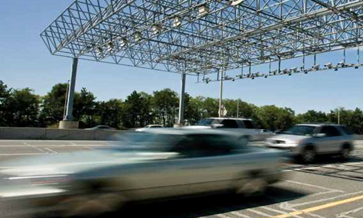 For instance, in the States there is a system called EZ-Pass which is a method of collecting tolls for road usage and uses an RFID device mounted in your vehicle.
For instance, in the States there is a system called EZ-Pass which is a method of collecting tolls for road usage and uses an RFID device mounted in your vehicle.
In the pharmaceutical and food industry, RFID is being leveraged to track an item (and its component items or chemicals) through the entirety of the manufacturing and logistics processes. In the future, quality and recalls could be very tightly targeted – and the instances of counterfeit drugs being purchased through proper channels will be virtually eliminated.
Of course Wal-Mart is eager to leverage the promise that RFID brings. Not because Wal-Mart is addicted to technology, but because Wal-Mart recognizes technologies that supports its primary mission. That mission is to “Eliminate from the process anything that does not add value in the eyes of the customer.” Understand that Wal-Mart wants to get product from its source and deliver it to the enjoyment of the customer with as few touch-points (sources of friction) as possible. RFID helps to achieve this mission objective.
But what of the future? What future applications of RFID might there be?
Certainly – as RFID devices get smaller, more pervasive in the world and able to store more data – there is the possibility (even probability) that transgressions of privacy will occur. But how many of these privacy compromises will be “voluntary”? Already, we voluntarily share (even over-share) our personal lives on social networks such as Facebook. As the world becomes more open and more integrated, and people along with it, perhaps less privacy is needed? I am just hopefull that the people who have access to such personal information are moral and use it for “good” and not “evil”.
“I shall not today attempt further to define the kinds of material I understand to be obscene; and perhaps I could never succeed in intelligibly doing so. But I know it when I see it.” — Justice Potter Stewart, concurring opinion in Jacobellis v. Ohio
My experience in the EU is that Barcode and RFID is a lot less pervasive at the consumer level than in the Americas. I have not had enough exposure at the manufacturing or logistics level to have formed an opinion here. The major grocery stores and other retail chains – such as Activ-Markt, Rewe, Bauhaus, Saturn, Media-Markt and Rossmann – all seem to have embraced Barcodes. But most of the smaller, family owned stores have not.
For instance, there is a Department Store in Seligenstadt called Mittl that is as big as the average Department Store in the States – and it does not use Barcodes, just the price stickers of my youth. I also find it rather strange that a great many stores (chains or otherwise) do not take credit-cards.
I have not seen RFID technology used anywhere much at all, not even for inventory control (anti-theft).
Perhaps having a couple-dozen countries needing to agree on standards is part of the reason such innovation and advancement is slow to occur. Perhaps there are other reasons of which I am unaware.
I welcome your learn’d input and would be very happy to publish your thoughts on the matter in a future edition of the Operational Excellence eNewsletter.
 Joseph F Paris Jr is the Chairman of the XONITEK Group of Companies. With over twenty years as entrepreneur, academic and professional instructor, and strategic consultant – he is a champion of Operational Excellence (Lean Six-Sigma and Leadership) who has devoted himself to increasing stakeholder-value for his clients and constituents.
Joseph F Paris Jr is the Chairman of the XONITEK Group of Companies. With over twenty years as entrepreneur, academic and professional instructor, and strategic consultant – he is a champion of Operational Excellence (Lean Six-Sigma and Leadership) who has devoted himself to increasing stakeholder-value for his clients and constituents.
Contact him at parisjf@xonitek.com

